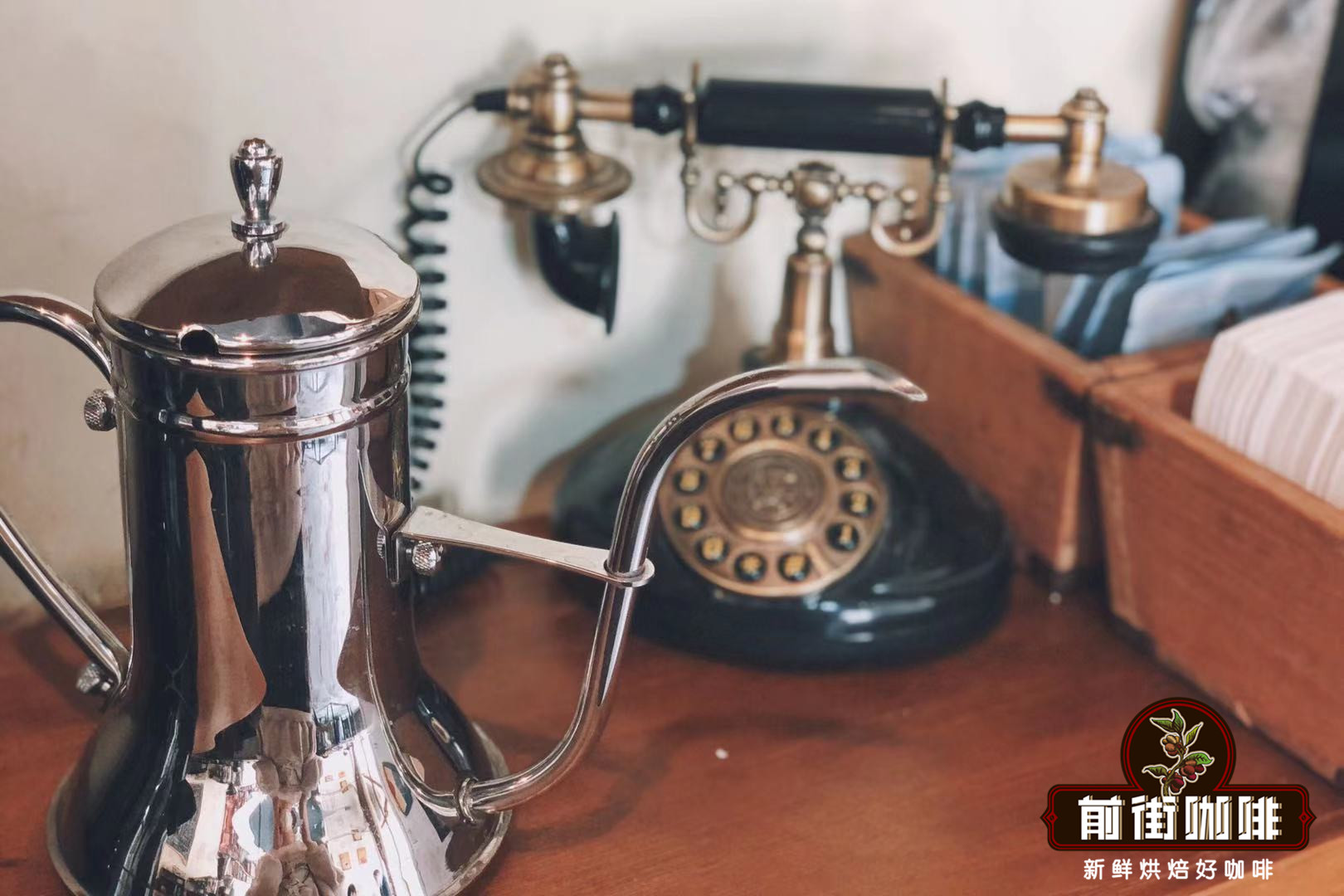Introduction to variety classification of Ethiopian coffee beans by description of taste and flavor
Classification of Ethiopian coffee
Ethiopian beans are easily recognizable. Most of the beans are small and pointed long beans, the so-called 'longberry', and often mixed with small oval-shaped short beans, the so-called' shortberry', looks uneven in size and uneven in appearance. The commercial bulk beans of Grade4 or Grade5 are mostly mixed with hundreds of different crystal seeds in different producing areas, so the phenomenon of uneven phase of beans is the most obvious, and it is not easy to bake evenly.
Even the official research unit of Ethiopia does not know how many Arabica subspecies there are in Ethiopia. The coffee cooperatives in this mountain are certainly different from those planted in another mountain, and even small farmers in the same region grow different varieties of coffee. It has been estimated that there are at least 2000 varieties of Ethiopian coffee and even more than 4500 kinds of coffee. Compared with the fat posture of Bourbon 'SL28', the main variety to the south of Kenya, or Tibica in Central and South America and Asia, Ethiopian beans look a little malnourished. However, the appearance of "beans" can not be seen. The citrus aroma of Ethiopian coffee is the highest in the world. Whether it is instant coffee or freshly ground coffee, you can smell the pungent aroma of orange or lemon during extraction.
Ethiopia is the birthplace of the famous Arabica coffee beans, and people have always maintained the tradition of harvesting wild coffee beans. The coffee garden with an elevation of more than 1500 meters has formed a unique coffee style after more than a thousand years of evolution and adaptation. Ethiopian coffee grown in the natural wild environment is called "wilderness coffee". It retains the most primitive and natural taste of coffee beans and has the most direct and full expression of the local environment.
It is worth mentioning that most of the coffee varieties in Central and South America are introduced, but Ethiopia is a rare native place, and there are countless native wild varieties that have not yet been discovered.
Ethiopia-Mocha (special flavor): for the origin of coffee, small particles, dry, turquoise, with a special aroma and sour taste. Ethiopia grades NO.1~NO.8 according to the blending rate of defective beans. Characteristics: fragrance-strong, sweet-medium, acid-medium, alcohol-strong, bitter-soft
Java coffee beans
Origin: Java, Indonesia
Coffee is grown in Arabica. After baking, the bitter taste is extremely strong and the aroma is very light, without sour taste. The bitterness and mellowness of Java coffee, coupled with the sweetness of chocolate syrup, make Java coffee more mellow and palatable and very popular with women!
Colombian coffee beans
Colombia-Columbia (highest quality): the second largest producer in the world. Coffee beans are light green, large granules, with heavy flavor, whether single drink or mixed are very suitable. Characteristics: incense-strong, sweet-medium, acid-medium, alcohol-strong, bitter-weak

Important Notice :
前街咖啡 FrontStreet Coffee has moved to new addredd:
FrontStreet Coffee Address: 315,Donghua East Road,GuangZhou
Tel:020 38364473
- Prev

The difference between musk Kopi Luwak and black ivory coffee lies in where the flavor is described.
Folded and digested in the elephant, the elephant is fed Arabica coffee beans grown from about 1500 meters above sea level in northern Thailand. After the elephant eats the beans, the coffee beans go through slow digestion, movement and excretion in the elephant body. Then, the elephant people and their wives pick out the beans carefully, then dry them in the sun, and then bake them, so that these special products
- Next

Latin American coffee bean flavor producing countries three major coffee varieties and seven major producing areas in the world
Latin American Coffee the unique tropical rain forest environment in parts of Bolivia provides excellent natural conditions for the growth of organic coffee. The aroma of Bolivian coffee is rich and unique, both after the bean is ground and the aroma of the coffee is quite rich, similar to the mixture of flower and fruit aromas, the perfect nutty flavor is impressive. [Bolivir]
Related
- Detailed explanation of Jadeite planting Land in Panamanian Jadeite Manor introduction to the grading system of Jadeite competitive bidding, Red bid, Green bid and Rose Summer
- Story of Coffee planting in Brenka region of Costa Rica Stonehenge Manor anaerobic heavy honey treatment of flavor mouth
- What's on the barrel of Blue Mountain Coffee beans?
- Can American coffee also pull flowers? How to use hot American style to pull out a good-looking pattern?
- Can you make a cold extract with coffee beans? What is the right proportion for cold-extracted coffee formula?
- Indonesian PWN Gold Mandrine Coffee Origin Features Flavor How to Chong? Mandolin coffee is American.
- A brief introduction to the flavor characteristics of Brazilian yellow bourbon coffee beans
- What is the effect of different water quality on the flavor of cold-extracted coffee? What kind of water is best for brewing coffee?
- Why do you think of Rose Summer whenever you mention Panamanian coffee?
- Introduction to the characteristics of authentic blue mountain coffee bean producing areas? What is the CIB Coffee Authority in Jamaica?

